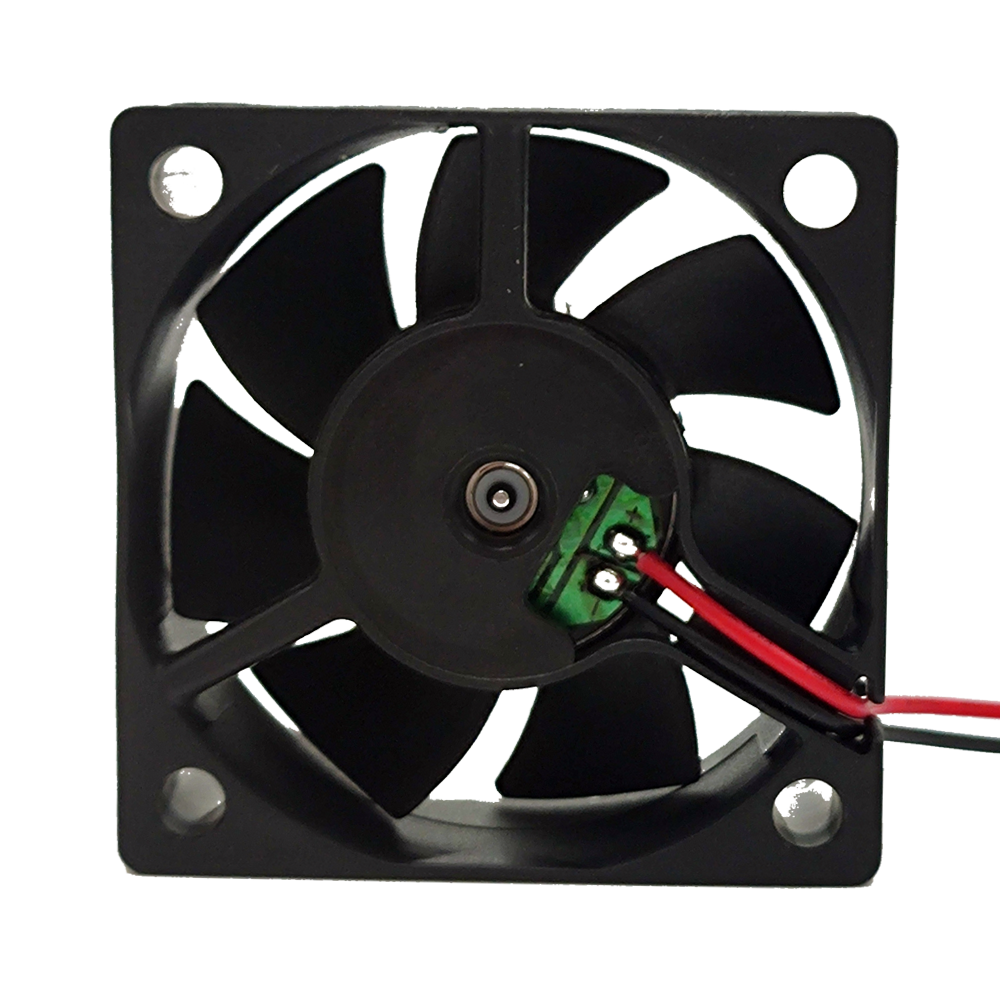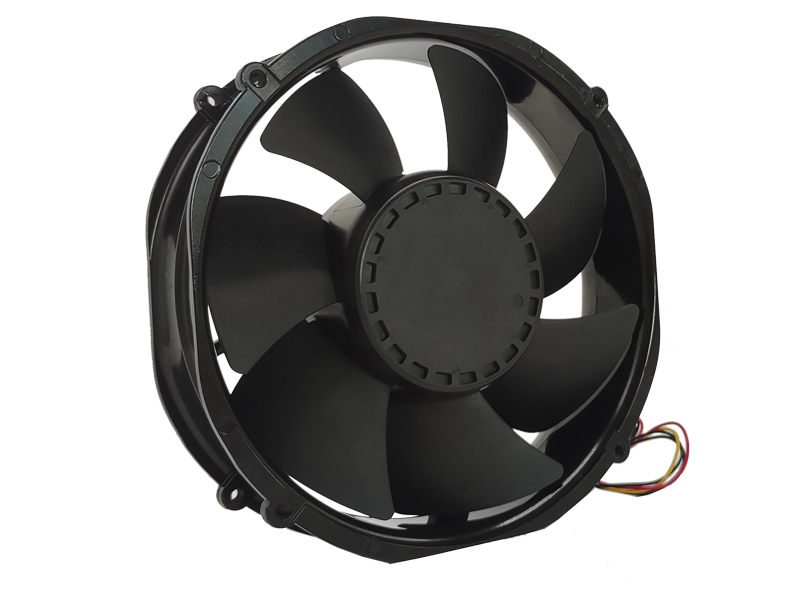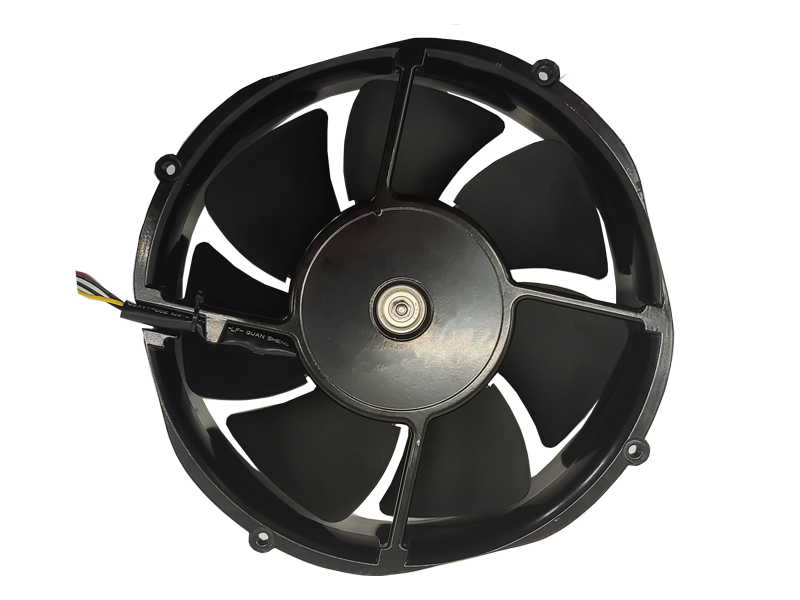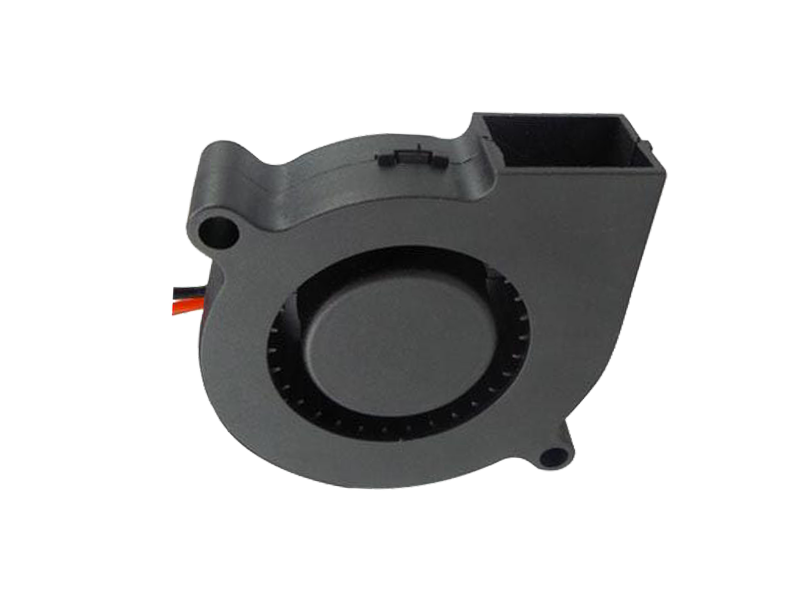Cooling fans play a vital role in a wide range of industrial, commercial, and residential applications, serving as essential components for managing thermal loads and ensuring the efficient operation of various systems and equipment. As the demand for improved cooling efficiency and energy conservation continues to rise, advancements in the design and operation of cooling fans have become pivotal in addressing these requirements. This article explores the impact of cooling fan technology on enhancing cooling efficiency and energy efficiency, shedding light on innovative approaches and strategies that have contributed to these advancements.
Enhanced Aerodynamics and Airflow Optimization
One of the key factors influencing the cooling efficiency of fans is the design of the fan blades and the airflow pathways. Through advanced aerodynamic analysis and optimization techniques, manufacturers have been able to develop fan blades that are more efficient in generating airflow and dissipating heat. Additionally, the optimization of the fan housing and inlet/outlet configurations has led to improved airflow patterns, reducing turbulence and enhancing overall cooling performance. These advancements have not only contributed to better cooling efficiency but have also resulted in energy savings by reducing the power required to achieve the desired cooling effect.

Efficient Motor and Drive Systems
The efficiency of the motor and drive systems powering cooling fans has a direct impact on energy consumption and overall system performance. In recent years, there has been a significant focus on developing high-efficiency motors and drive electronics that minimize energy losses and maximize power conversion. The adoption of brushless DC (BLDC) motors, for instance, has become increasingly prevalent due to their superior efficiency and precise speed control, resulting in reduced energy consumption while maintaining optimal cooling output. Furthermore, the integration of advanced drive electronics and control algorithms has enabled fan systems to operate at varying speeds based on cooling demands, further enhancing energy efficiency.
Intelligent Thermal Management and Control
The implementation of intelligent thermal management and control systems has revolutionized the operation of cooling fans, allowing for adaptive and responsive cooling strategies. By integrating temperature and environmental sensors, as well as predictive algorithms, cooling fan systems can dynamically adjust their operation to match the specific cooling requirements of the equipment or space they are serving. This not only optimizes cooling efficiency by delivering the precise amount of cooling needed but also minimizes energy wastage by avoiding overcooling or excessive fan operation.
Heat Exchanger Integration and Heat Recovery
In certain applications, the integration of heat exchangers with cooling fans has proven to be a highly effective approach for improving overall energy efficiency. By harnessing the thermal energy extracted by the cooling fan, heat exchangers can facilitate the preheating of air or water for other processes, thereby recovering and repurposing waste heat. This not only enhances the energy efficiency of the cooling system but also contributes to broader sustainability objectives by reducing overall energy consumption.
Smart Monitoring and Predictive Maintenance
The advent of smart monitoring and predictive maintenance technologies has enabled proactive management of cooling fan systems, leading to improved performance and energy efficiency. By leveraging real-time data analytics, anomaly detection, and condition monitoring, maintenance activities can be optimized to prevent potential performance degradation or failures. This proactive approach not only ensures the continuous and reliable operation of cooling fans but also minimizes energy wastage due to inefficient or faulty fan operation.
Conclusion
In conclusion, the advancements in cooling fan technology have significantly contributed to enhancing cooling efficiency and energy efficiency across diverse applications. Through innovations in aerodynamics, motor and drive systems, intelligent thermal management, heat exchanger integration, and smart monitoring, manufacturers have been able to achieve optimal cooling performance while minimizing energy consumption. As the demand for sustainable and energy-efficient solutions continues to grow, the ongoing refinement and implementation of these technological advancements will play a crucial role in meeting these requirements, thereby contributing to a more sustainable and efficient future.
Recommended Products

The main purpose:Car charging station

The main purpose:Car charging station

The main purpose:Electronic refrigerators, water dispensers, direct drinking machines, inverter power supplies
Address:No. 4137, Longgang Avenue (Henggang Section), Henggang Community, Henggang Street, Longgang District, Shenzhen
hotline:13530005572(Chen)15112579390(Li)


Welcome all friends to come for consultation and negotiation.
Copyright 2024 @ Shenzhen Youneng Xinyuan Electronics Co., Ltd.,(industrial fans,industrial blowers,axial fans,cooling fans manufacturer,centrifugal fans,ac cooling fans,dc cooling fans)